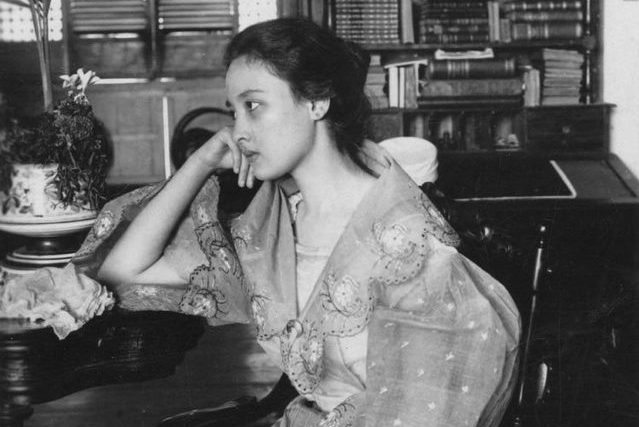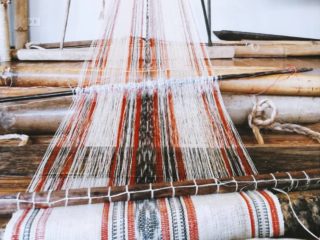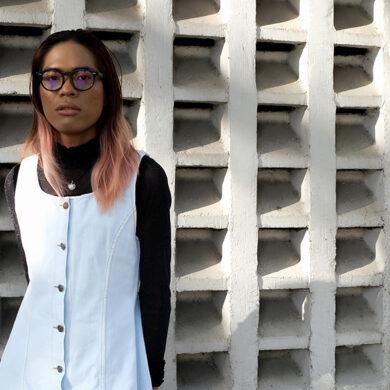In high school, many of us read Jose Rizal’s Noli Me Tangere. The novel has several notable characters who symbolize several facets of the Philippines during the Spanish occupation. One of them was Maria Clara.
Maria Clara is a mestiza and the childhood sweetheart of the novel’s protagonist, Crisostomo Ibarra. Rizal created her as the ideal image of “the purity and innocence of a sheltered native (Filipino) woman during the Spanish occupation.” According to Dr. Robert Yoder’s article “Philippine Heroines of the Revolution: Maria Clara they were not,” Maria Clara was placed “on the pedestal of male honor.”
Towards the end of the novel, Maria Clara begged Padre Damaso (a priest who raped her mother and eventually conceived her) to enter her in a convent. This came after finding out Ibarra passed away, noting she cannot live without her fiancé and she needed to forget him.
This later created a stereotype that Filipinas should be modest and conservative in clothing and actions. This is why you’ll hear the term “dalagang Pilipina” when someone is describing a woman who is what society would consider “prim and proper.” These women are also likened to Maria Clara, noting they are examples of a traditional Filipina.
READ MORE: The term “dalagang Filipina” isn’t a personality trait
However, there are cons to being considered “Maria Clara.” This stereotype was brought onto us by the Spaniards, who colonized us for 333 years, because it’s said that their ideal woman is religious, submissive, and obedient.
But, as history would cite, many Filipinas during the Spanish occupation were far from that. There were women who fought in the revolution, or aided those who participated. There were also female guerrilla fighters spotted during the Japanese occupation years later.
Does this mean the Maria Clara stereotype disappeared after the Spanish colonization? Answer: Nope.
We’re now living in the 21st century but we still see people and brands using “Maria Clara” to describe the “pure” and “feminine” Filipino woman. While there’s nothing wrong with choosing to be conservative, the prevalent existence of this stereotype imposes that Filipinas are expected to maintain their modesty. This is also underlined by the fact we’re living in a predominantly Catholic country, meaning women are expected to be pure, especially before marriage.
READ MORE: Why does religion assign so much guilt over sex?
It’s true Maria Clara is also seen as a role model for Filipinas who are surviving after the abuse and violence they experienced from men. Remember: It was also implied she was raped by Padre Salvi, a Spanish priest, while she was in the convent. But it is archaic to keep insisting that Maria Clara is the embodiment of purity and femininity, when she and every Filipina are more than that.
Society needs to stop the notion that Filipinas should be meek and be second-class citizens next to men. Pre-colonial Philippines saw women leaders, warriors, and healers—they were revered by their tribesmen. But when the Spaniards arrived, they imposed that all women should be submissive to their husbands and men in general. This is not something we should be upholding in 2019.
READ MORE: On the Filipino gender-neutral language and our egalitarian origin
Instead of telling girls and women to be modest, teach them to empower themselves, embrace their sexuality, and not feel pressured to conform to the “dalagang Pilipina” notion of purity. We should all have the choice to pick how we present ourselves, and still be respected regardless of how we act or what we wear.
Maria Clara was a strong Filipina character because of how she endured despite being portrayed as prim and delicate. That is something many women could live by today, not the archaic stereotype of femininity imposed on us.
Photo courtesy of @lasislasfilipinas’ Instagram account
For the latest in culture, fashion, beauty, and celebrities, subscribe to our weekly newsletter here
Follow Preen on Facebook, Instagram, Twitter, YouTube, and Viber
Related stories:
Wear history today with these modern day Filipinianas
Are Filipinas truly free in 2019?
These Filipino heroines showed that women stood their own in the battlefield
The term “dalagang Filipina” isn’t a personality trait



